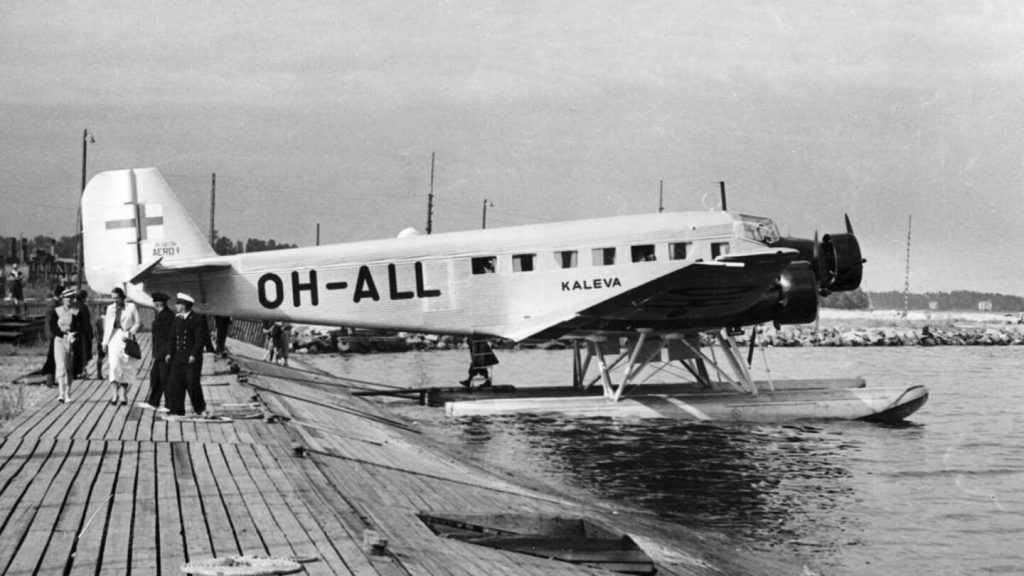A Finnish passenger plane that was shot down over the Baltic Sea by Soviet bombers during World War II has finally been found after more than eight decades. The plane, named Kaleva, was carrying American and French diplomatic couriers in June 1940 when it was downed just days before Moscow annexed the Baltic states. The wreckage was located off the tiny island of Keri near Estonia’s capital, Tallinn, at a depth of around 70 meters. The discovery was made by an Estonian diving and salvage team, who decided to take a different approach to the search, resulting in their success.
The downing of the civilian plane was a unique and mysterious event that took place during peacetime on a normal scheduled flight. Finnish authorities initially kept silent about the details of the incident, only describing it as a “mysterious crash” to avoid provoking Moscow. The discovery of the wreckage has shed new light on Finland’s complex World War II history and its troubled ties with Moscow. The incident occurred just days before the Soviet Union annexed the three Baltic states, sealing their fate for the next half-century before they eventually regained independence in 1991.
One of the passengers aboard Kaleva was American diplomat Henry W. Antheil Jr., who is now considered one of the first U.S. casualties of World War II. Antheil was on a mission to evacuate sensitive diplomatic pouches from U.S. missions in Tallinn and Riga as it became clear that Moscow was preparing to annex the Baltic nations. The discovery of the wreckage has renewed interest in the case, with the U.S. Embassy in Tallinn closely monitoring the diving group’s efforts to recover the plane’s debris and possibly raise the cargo and human remains.
The search for Kaleva has been a decades-long mystery that has intrigued Finns and aviation historians alike. Various attempts to find the wreckage have been made since Estonia regained independence, but none have been successful until now. The recent discovery of well-preserved parts and debris from the plane has provided closure to the tragic event, even though it cannot bring back the lives lost in the crash. The diving group plans to create 3D images of the debris and potentially raise some items in collaboration with Estonian authorities. The U.S. Embassy expressed interest in discussing any developments resulting from the recovery efforts with Finnish and Estonian allies.
The plane’s cargo, which included diplomatic post and sensitive documents, has sparked conspiracy theories about Moscow’s motives for shooting down the civilian aircraft. Some speculate that the Soviet Union wanted to prevent the transport of sensitive material out of Estonia, while others believe it may have been a mistake by the bomber pilots. The wreckage of Kaleva, a German-made Junkers Ju 52 operated by Finnish airline Aero (now Finnair), was finally located thanks to advances in technology and a different approach to the search. The discovery has brought closure to the tragic event and highlighted the importance of this piece of aviation history in the region.
A stone memorial dedicated to the victims of the Kaleva crash is located on Keri, where the wreckage was found, and a memorial plaque with the names of the victims was set up at Helsinki’s old Malmi airport terminal building. The interest in locating and documenting the wreckage of Kaleva reflects the significance of this event in the aviation history of the region. The discovery of the plane’s remains has not only solved a long-standing mystery but also honored the memory of those who lost their lives in the tragic incident.


